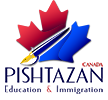Attending
Elementary school in Canada
- Each province and territory decides when the school year starts and ends, although it usually begins in September and ends in June. School hours generally run from 8 a.m. to 3 p.m., or 9 a.m. to 4 p.m., from Monday to Friday. Education is free for all students in the Canadian public school system. Children must attend school until age 16 or 18, depending on the province or territory.
Attending
High school in Canada
- Each province and territory decides when the school year starts and ends, although it usually begins in September and ends in June. School hours generally run from 8 a.m. to 3 p.m. or later, from Monday to Friday. Some students attend summer school. This happens when they need to complete a course they did not finish during the school year. Education is free for all students in the Canadian public school system. High school students must attend school until age 16 or 18, depending on the province or territory.


.png)

